According to recent reports, the Huawei P60 series won’t be official until March 23, 2023. This device will come with the new HarmonyOS 3.0. The company will hold a new product press conference where it will officially unveil this new flagship. Huawei will restart its one-year dual flagship new product pattern with the release of the Huawei P60 series. This means that the company will launch the P series in the first half of the year and the Mate series in the second half.
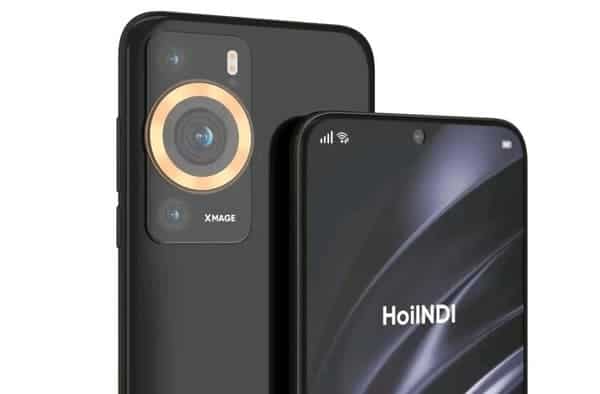
As usual, the Huawei P60 series will have a few models. From the reports so far, this series will have three models including Huawei P60, P60 Pro and P60E. Over the past few months, there have been a lot more details about this device. The Huawei P60 series will be powered by the same Qualcomm Snapdragon 8+ Gen 1 flagship chipset as the Huawei Mate50 series. It employs an eight-core architecture and is built using TSMC’s 4nm tech. Unfortunately, this device will still not support 5G network.
However, looking at the response so far from the market, 5G is not of great importance. At the moment, it has no impact on the purchases of mobile phones. After all, every year’s P series flagship will use the same processor as the previous year’s Mate series, going by Huawei’s prior practice of using its own chips.
Huawei P60 design
The Huawei P60 series will reportedly have a rectangular modular design in terms of appearance. This device will also have a flash in the upper right corner, a tiny lens in each of the upper left and lower left corners, and a big circular lens in the center. From the comments so far, while this device still looks good, it’s not as good as the Huawei P50. In my humble opinion, the Huawei 60 has indeed made a daring effort to change when compared to the look of its predecessor. The visual emphasis is sharper after the adjustment.
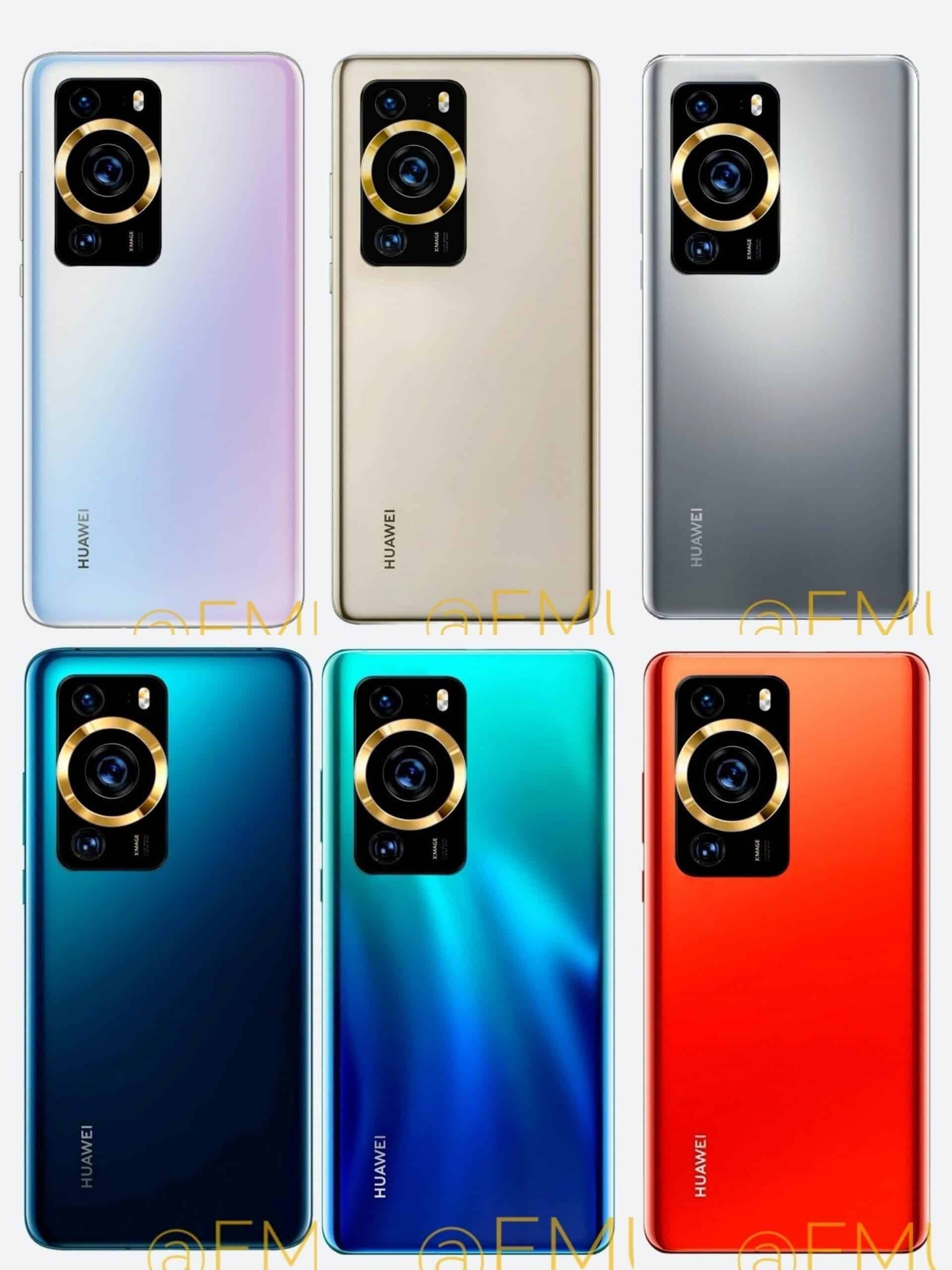
In the camera department, the Huawei P60 series gets a complete overhaul. A Sony IMX8 series lens, which enables optical image stabilization, will be used on the primary camera. A 50MP ultra-wide-angle plus a 64MP telephoto lens make up the auxiliary camera.
In addition, it will be comparable to the Mate50 from the previous year. Along with having a changeable aperture, the lens will also be able to produce XMAGE super optical variable pictures. Inevitably, Huawei should slowly permit all mobile phones to support this imaging tech.
Specs
The Huawei P60 Pro is also rumoured to have a 6.6-inch OLED screen with a resolution of 3200 x 1440. It will also support a 120Hz frame rate and 1920Hz high-frequency PWM dimming. Under the hood, this device comes with a built-in battery of 5000 mAh. This battery will support both 100W typical fast charging and 50W wireless fast charging.
According to rumours, the Huawei P60 series will utilize Kunlun glass similar to that found on the Mate 50 series. This device will also enable Beidou satellite connectivity and include Hongmeng OS 3.0. In fact, the company calls this device the “King of HarmonOS” because it may come with very new Harmony-exclusive features.
At present, the biggest suspense of the Huawei P60 series leaks so far is the price. It is worth noting that after the launch of this new series, naturally, the price of the previous Huawei P50 series will drop.
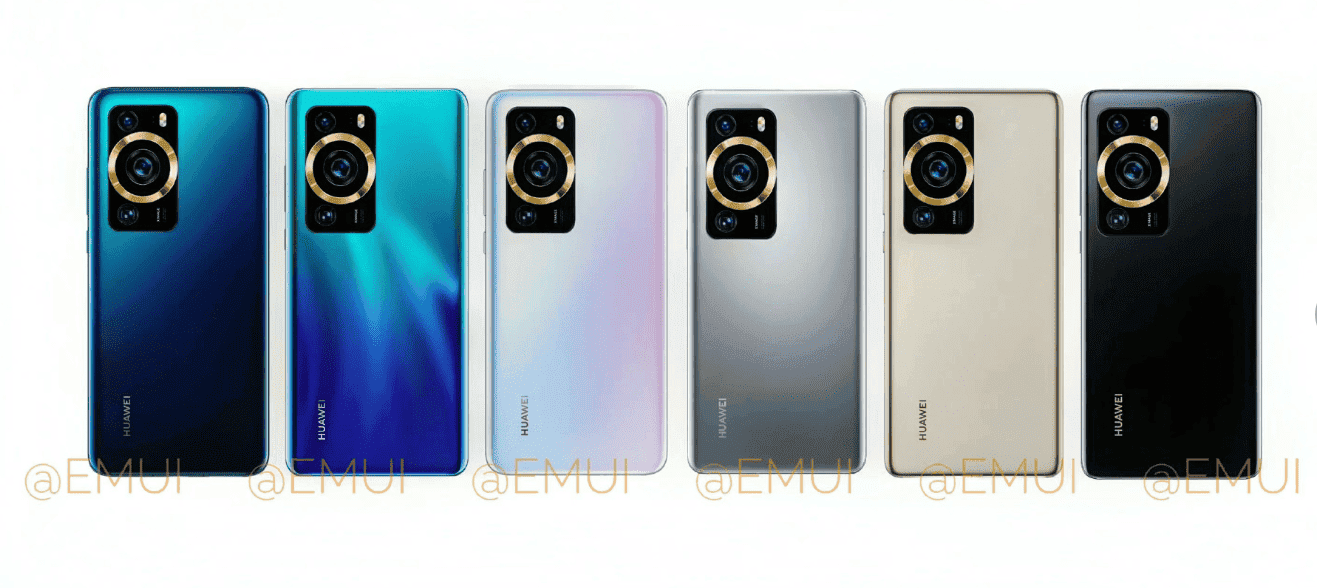
History of the Huawei P series
Huawei’s P series is a line of flagship smartphones that the company launched in 2012. Since then, Huawei has released a new P series phone every year, typically in the first half of the year. Here’s a brief overview of the history of Huawei’s P series:
Huawei P1 (2012)
The first phone in the P series, the Huawei P1, was released in May 2012. It comes with a 4.3-inch display, a dual-core processor, and an 8MP camera.
Huawei P2 (2013)
The second phone in the P series, the Huawei P2, was released in February 2013. It uses a 4.7-inch display, a quad-core chip, and a 13MP camera.
Huawei P6 (2014)
The Huawei P6, released in June 2014, was one of the thinnest smartphones of its time at only 6.18mm thick. It uses a 4.7-inch display, a quad-core processor, and an 8MP camera.
Huawei P7 (2014)
The Huawei P7 was released in May 2014, just a month before the P6’s one-year anniversary. It features a 5-inch display, a quad-core chip, and a 13MP camera.
Huawei P8 (2015)
The Huawei P8 was released in April 2015. It features a 5.2-inch display, an octa-core chip, and a 13MP camera with optical image stabilization.
Huawei P9 (2016)
The Huawei P9 was released in April 2016. It uses a 5.2-inch display, a dual-camera setup (co-engineered with Leica), and a Kirin 955 SoC.
Huawei P10 (2017)
The Huawei P10 was released in February 2017. It comes with a 5.1-inch display, a dual-camera setup (co-engineered with Leica), and a Kirin 960 SoC.
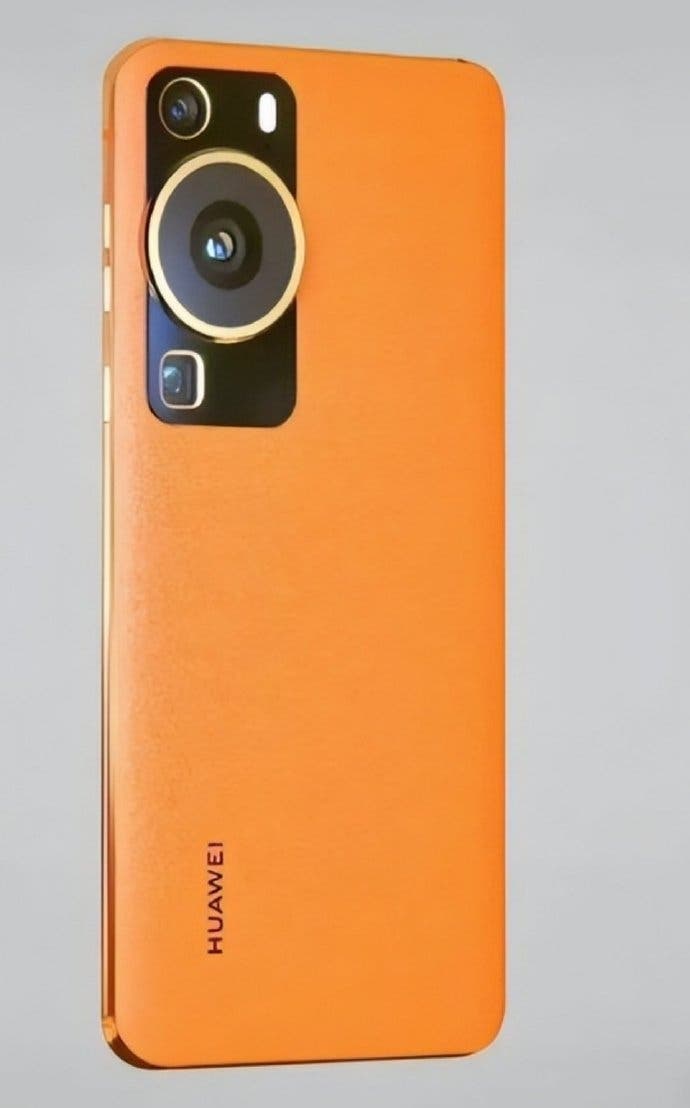
Huawei P20 (2018)
The Huawei P20 was released in March 2018. This device features a 5.8-inch display, a dual-camera setup (co-engineered with Leica), as well as a Kirin 970 SoC.
Huawei P30 (2019)
The Huawei P30 was released in March 2019. Also, it features a 6.1-inch display, a triple-camera setup (co-engineered with Leica), and a Kirin 980 SoC.
Huawei P40 (2020)
The Huawei P40 was released in April 2020. It features a 6.1-inch display, a triple-camera setup (co-engineered with Leica), and a Kirin 990 chip.
Huawei P50 (2021)
The Huawei P50 was released in July 2021. It also features a 6.5-inch display, a dual-camera setup, and a Kirin 9000 SoC.
It is worth noting that the later models in the series, particularly those released after 2019, have faced challenges with Western markets due to concerns over Huawei’s ties to the Chinese government and allegations of espionage. This has led to restrictions on Huawei’s access to some key techs, such as Google Mobile Services, which has affected the company’s ability to sell its devices outside of China.

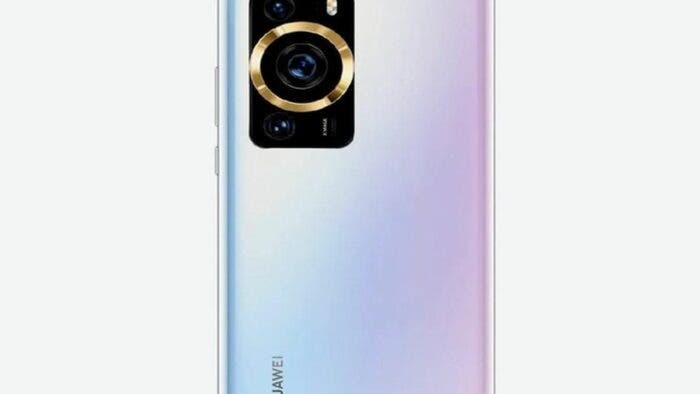




bye Huawei… due to your golden ring on a back its a reason why Im not choose your P60 Pro as a successor of my P40 Pro! very ugly 🙁